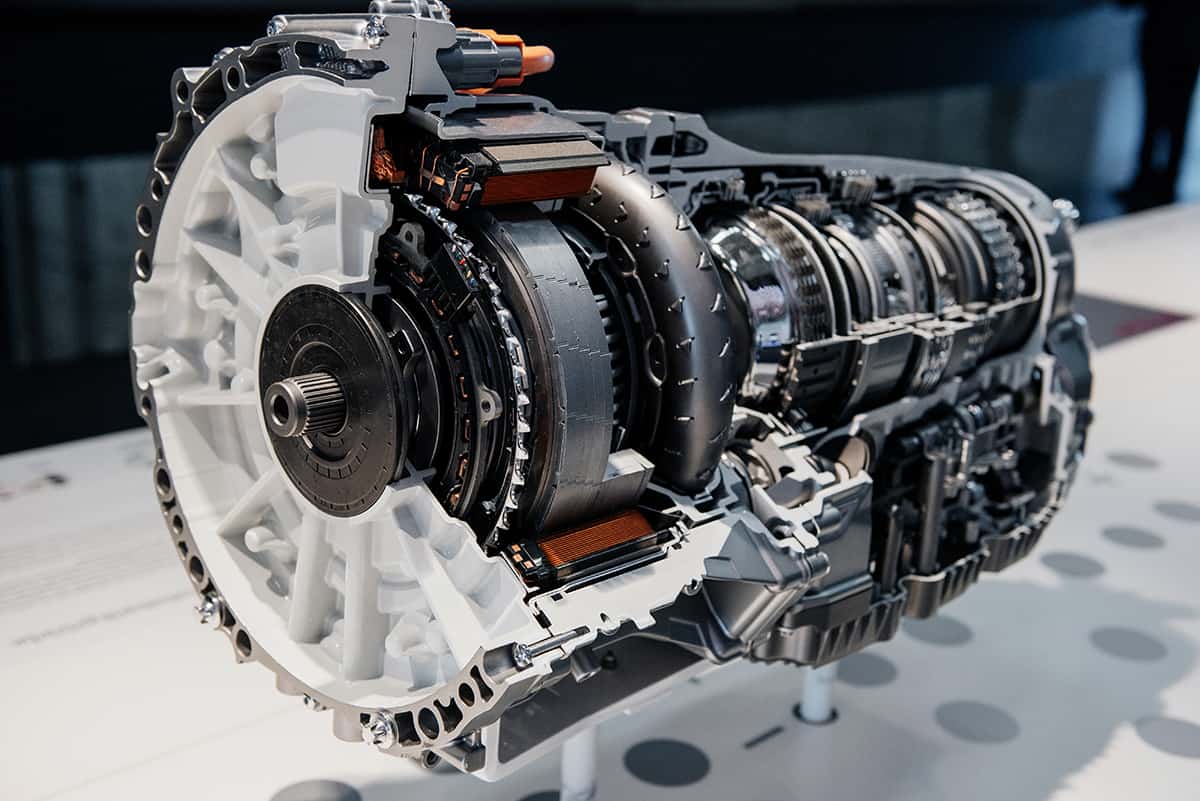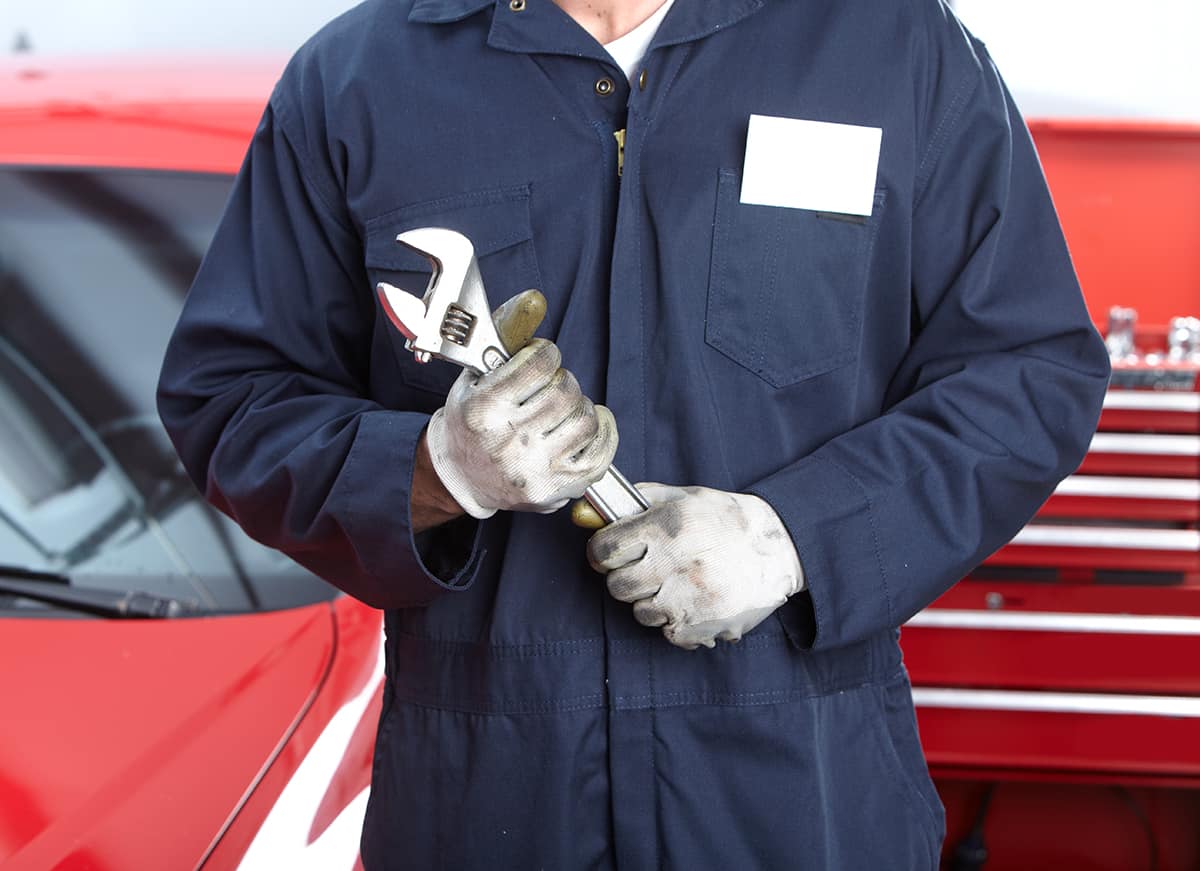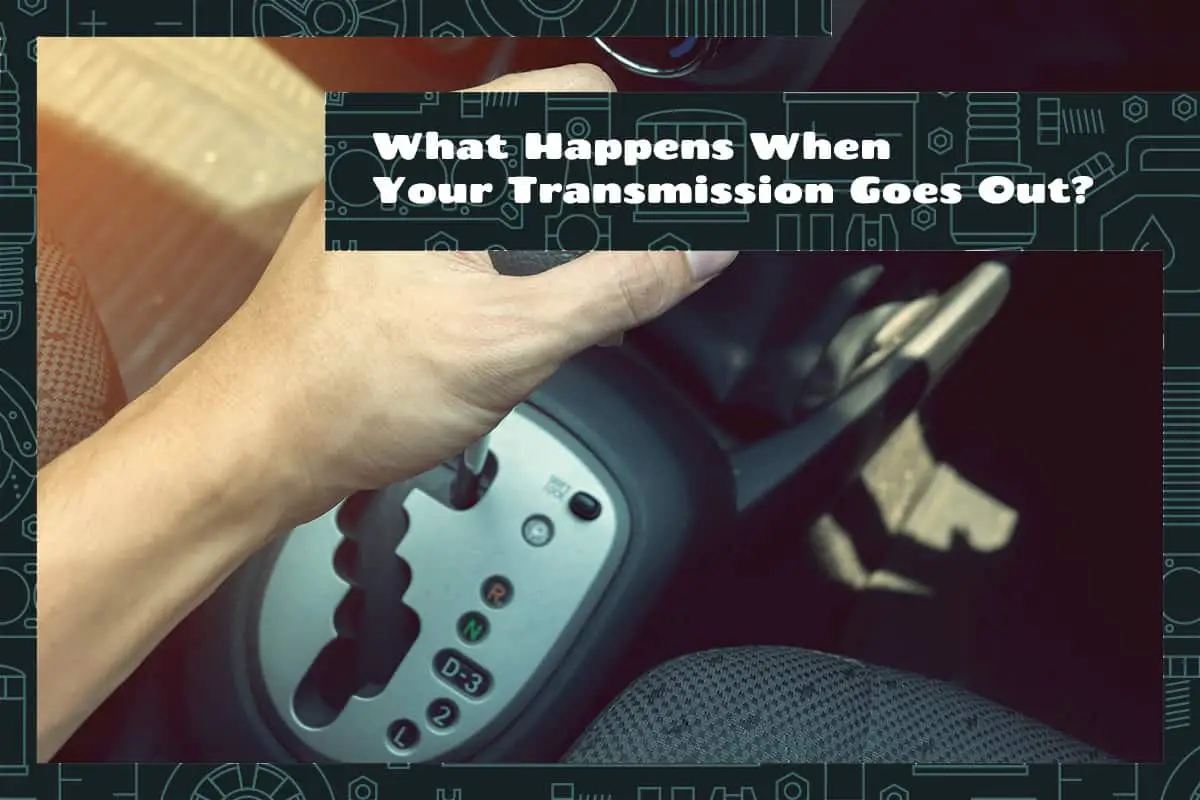The transmission of a vehicle is its powertrain’s unsung hero, diligently working behind the scenes to ensure your vehicle is running smoothly. It moves power from the engine to the wheels, enabling your car to drive at your chosen speed. Yet, it’s one of the least understood components of a vehicle, often ignored until a problem arises.
When your transmission goes out, your vehicle can’t efficiently convert and distribute power. You may experience trouble shifting gears, unusual noises, or even a complete loss of ability to drive.
This article will guide you through the intricate world of transmissions. It’ll illuminate warning signs of a failing transmission, delve into what exactly happens when your transmission fails, and discuss repair options to get you back on the road safely.
What Does a Transmission Do?

The transmission, in essence, is your vehicle’s power distributor. This critical part of a vehicle’s mechanics plays a dual role. First, it transfers power generated by the engine to the vehicle’s wheels. Second, it makes sure that the engine operates within an optimal range of revolutions per minute (RPM) while providing a broad range of output speeds.
The transmission is a complex piece of machinery made up of an array of gears and sensors, all working together. It starts its job when you move your car’s shift lever from park to drive or another gear. The engine is connected to the transmission at a place called the bell housing. The bell housing contains a torque converter for automatic transmissions and a clutch for manual ones.
These devices transfer engine power to the transmission, which is then sent to the gears. The transmission’s gear selectors, connected to the shift lever, select the right gear for your driving situation. It either increases or decreases the power depending on your speed, the road conditions and how much you’re pushing the accelerator.
Warning Signs Your Transmission May Be Failing
Like many mechanical issues, transmission problems tend to develop over time. Below are common symptoms that your transmission may be on the brink of failure.
1. Unusual Noises and Sounds
If you hear a whining, clunking, humming, or buzzing sound when you shift gears, it’s time to listen up. These noises may indicate a problem with your transmission’s gear synchronizers, especially in manual transmissions. In automatics, gear shifts should be almost unnoticeable and relatively quiet. Noises during shifting could signify an issue.
2. Trouble Shifting Gears
If you’re having difficulty changing gears, or the vehicle is refusing to shift into certain gears, this can be a clear sign of transmission problems. This symptom might be accompanied by a feeling of resistance or slippage when trying to shift.
3. Delayed Engagement or Transmission Slipping
Delayed engagement is when there’s a delay before the car starts to move despite being put in drive or reverse. If your vehicle is showing a delay or complete lack of response, it’s a definite sign something is wrong with your transmission.
Transmission slipping is another common symptom of failure. If your transmission is slipping, it may shift for no apparent reason.
4. Fluid Leaks
Transmission fluid lubricates the moving parts, cools the transmission and helps facilitate gear shifts. Your transmission is a closed system, meaning it should never leak fluid. If you notice spots or a pool of red or brown fluid under your vehicle, this could be a sign of a leak.
What Happens When Your Transmission Goes Out?
A well-functioning transmission is a silent enabler, ensuring the right amount of power is delivered to your vehicle’s wheels, for your desired speed. But when it goes out, the implications can be substantial.
Immediate Effects on Your Vehicle
When your transmission fails, your car loses the ability to efficiently convert and distribute power. You may experience trouble shifting gears, your vehicle may vibrate or shake, or you may hear unusual noises.
The most severe outcome is that your car may stop moving altogether. This is because the transmission is responsible for transferring power from the engine to the drive wheels. When it fails, this power transfer is disrupted, leaving your car unable to move.
Long-Term Consequences of Ignoring a Failed Transmission
If you ignore a failed transmission, the issues will likely compound over time, leading to more serious problems. The lack of efficient power transfer can put additional strain on the engine, leading to its premature wear. Furthermore, it can cause issues with other related systems in your car, such as the driveshaft and differential.
Driving a car with a failing transmission increases the chance of sudden breakdowns. Such unexpected incidents can lead to higher repair costs, not to mention the inconvenience and potential safety hazards associated with being stranded on the road.
Safety Risks Associated with a Broken Transmission
Safety is a paramount concern with a failing transmission. If your transmission goes out while driving, it could lead to a potentially dangerous situation. You might lose control over your vehicle’s speed, or your car might not respond when you press the gas pedal.
If your car suddenly doesn’t respond as expected, it can be alarming and may lead to accidents. It’s essential to pull over safely and call for roadside assistance if you suspect your transmission has failed while driving.
Repair Options for a Failed Transmission

Facing a failed transmission can be daunting, but there are several repair options available to get your vehicle back on the road.
1. Transmission Repair
Repair typically involves fixing or replacing only the components that are damaged or worn. This might include replacing the seals, gaskets, clutch, or bands or correcting software issues in modern cars.
Transmission repairs can be cost-effective if the damage is minor or limited to a few components. A skilled transmission mechanic can often identify and resolve these issues without the need for a complete overhaul.
2. Rebuilding a Transmission
If your transmission has extensive damage, rebuilding might be the most practical option. During a rebuild, the transmission is disassembled, and each part is inspected for wear and damage. Worn or faulty parts are replaced, and then the transmission is reassembled, tested, and reinstalled in your car.
This process can be labor-intensive and may take several days to complete. However, it can be less expensive than replacing your transmission entirely.
3. Transmission Replacement
In some cases, replacing the entire transmission might be necessary. This usually involves swapping your damaged transmission with a remanufactured one. While this is typically the most expensive option, it may be the best choice for severely damaged or older transmissions.







